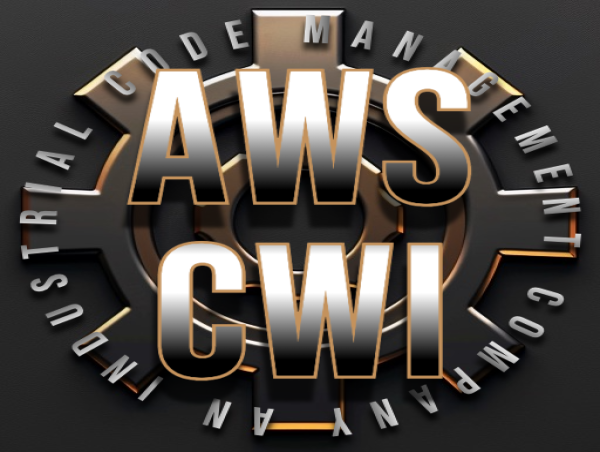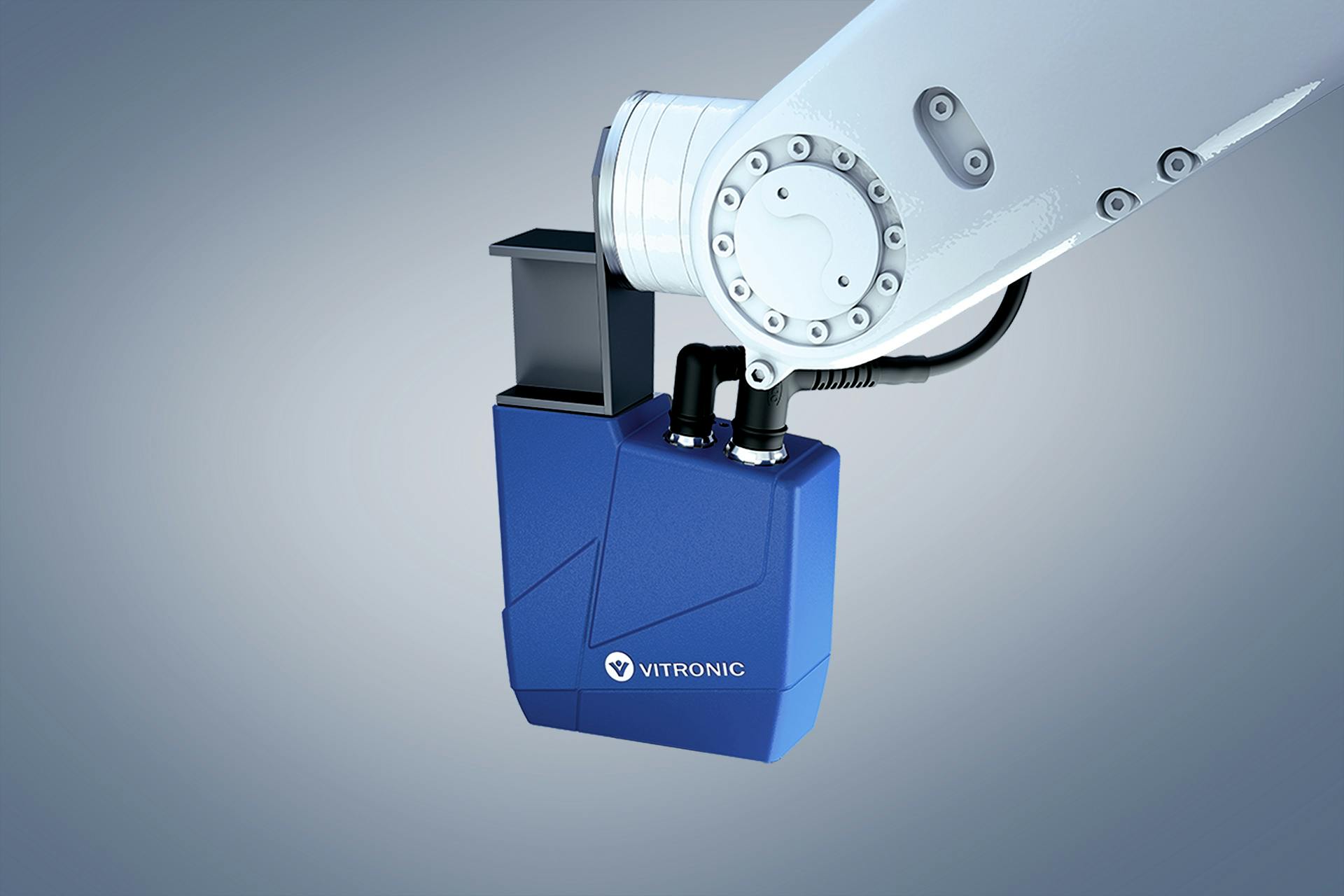A Comprehensive Overview to Welding Inspection Techniques and Finest Practices for Quality Control in Manufacture Projects
Welding assessment serves as an essential pillar in guaranteeing the architectural honesty and security of fabricated projects. Using a variety of methods-- varying from aesthetic assessments to sophisticated approaches like ultrasonic and radiographic testing-- supplies important insights right into prospective issues that might weaken stamina. Developing efficient techniques and a robust high quality monitoring system can improve conformity and integrity. The details of these strategies and their execution typically elevate pertinent concerns regarding the standards and devices necessary for optimum end results. What certain methods will be most effective in your tasks?
Importance of Welding Examination
Welding assessment is a crucial component in making certain the stability and safety and security of welded structures. The procedure entails a methodical analysis of welds to determine any issues that may endanger the strength and durability of the last product. Efficient assessment is important not only for conformity with market criteria and policies yet additionally for securing the health and wellness of employees and the general public.

In addition, welding assessment offers as a beneficial tool for continuous enhancement in fabrication processes. By determining reoccuring problems, companies can apply rehabilitative actions, leading to improved training for welders and far better general techniques. Inevitably, focusing on welding assessment promotes a society of quality control, guaranteeing that tasks fulfill both consumer expectations and regulatory needs. This positive approach is critical for attaining quality in welding and fabrication.
Usual Welding Assessment Strategies
Various strategies are used to evaluate welds, each customized to discover particular kinds of defects and ensure top quality. Among the most commonly made use of approaches are aesthetic evaluation, ultrasonic testing, radiographic screening, magnetic bit screening, and color penetrant testing.
Visual assessment is one of the most straightforward method, allowing inspectors to recognize surface abnormalities such as splits, porosity, and undercutting. Ultrasonic testing uses high-frequency acoustic waves to identify inner defects, offering a thorough analysis of weld stability. Radiographic screening uses X-rays or gamma rays to produce pictures of the weld, revealing interior defects that are not visible to the nude eye.
Magnetic fragment screening is especially effective for ferromagnetic products, determining surface and near-surface defects by using magnetic areas and using fine particles that show irregularities. Color penetrant screening involves applying a colored color to the weld surface area, which permeates right into fractures and is exposed under ultraviolet light, making it simple to detect flaws.
Each of these methods plays a crucial function in keeping welding top quality, and the choice of a proper technique depends upon the details needs of the fabrication job, consisting of material kind, weld arrangement, and the wanted level of evaluation.
Necessary Examination Devices


Determining tools, consisting of calipers, this content evaluates, and rulers, are important for verifying measurements and resistances. These instruments help make sure that welds meet the called for specifications for strength and durability. Furthermore, ultrasonic screening tools are employed to find internal flaws without jeopardizing the integrity of the weld. This non-destructive testing technique is essential for identifying concerns that might not show up on the surface.
One more important device is the hardness tester, which examines the mechanical buildings of a weld and identifies its viability for specific applications. Ultimately, welding inspection software application aids in recording findings, promoting data analysis, and making sure conformity with sector standards. With each other, these vital assessment devices form a detailed arsenal that sustains the welding examination procedure, best site inevitably contributing to the quality assurance of fabrication tasks.
Ideal Practices for Top Quality Assurance
In the search of quality control, implementing finest practices is crucial for attaining reliable and consistent welding outcomes. Developing an extensive welding top quality administration system (WQMS) is essential. This system should incorporate defined treatments, criteria, and documents techniques that direct every stage of the welding procedure.
Regular training and qualification of welding workers are vital. Proficient welders with upgraded understanding of strategies and precaution contribute dramatically to top quality. Conducting pre-welding evaluations guarantees that products and devices fulfill defined criteria, lowering the likelihood of problems.
Integrating real-time surveillance throughout the welding process permits for prompt detection of irregularities, allowing corrective actions to be taken immediately. Post-welding assessments, consisting of aesthetic checks and non-destructive testing (NDT), are crucial in verifying weld integrity and compliance with sector standards.
Furthermore, maintaining precise records of inspections, weld specifications, and corrective activities promotes a culture of responsibility and continuous renovation. Engaging stakeholders in normal top quality testimonials can also enhance the overall effectiveness of high quality guarantee procedures. By sticking to these finest practices, companies can dramatically elevate their welding quality assurance efforts, thus ensuring project success and client contentment.
Enhancing Security and Compliance
Accomplishing high requirements in welding quality control normally aligns with the crucial of improving security and compliance within the sector. Reliable welding evaluation methods are crucial in guaranteeing and identifying possible risks that all processes adhere to governing requirements. These techniques not only serve to keep structural honesty yet additionally protect the health and wellness and safety of employees associated with construction my site projects.
Applying extensive inspection procedures, such as aesthetic assessments, non-destructive testing (NDT), and comprehensive documentation, establishes a society of safety and responsibility. Educating welders and inspectors in existing safety guidelines and ideal methods is vital. This makes certain that all team members know prospective dangers and are geared up to alleviate them.
Moreover, compliance with market standards, such as those established by the American Welding Culture (AWS) and the International Company for Standardization (ISO), is non-negotiable. Routine audits and evaluations aid identify voids in security measures and promote continual renovation - Welding Inspection Milwaukee. Eventually, a dedication to improving safety and conformity not only cultivates a much safer working environment yet also leads to remarkable top quality end results and minimized liability for companies participated in welding fabrication
Final Thought

Welding examination serves as a fundamental column in ensuring the structural stability and safety of produced tasks.Welding evaluation is an essential element in ensuring the integrity and security of welded structures. Ultimately, prioritizing welding evaluation cultivates a culture of quality guarantee, making certain that tasks meet both customer expectations and governing needs. Together, these necessary assessment tools create a comprehensive arsenal that sustains the welding examination procedure, inevitably adding to the top quality assurance of manufacture projects.
In verdict, efficient welding assessment is necessary for making certain the structural stability and safety of produced tasks. Welding Inspection Milwaukee.
Comments on “Common Issues Found Throughout Welding Inspection Milwaukee and How to Fix Them”